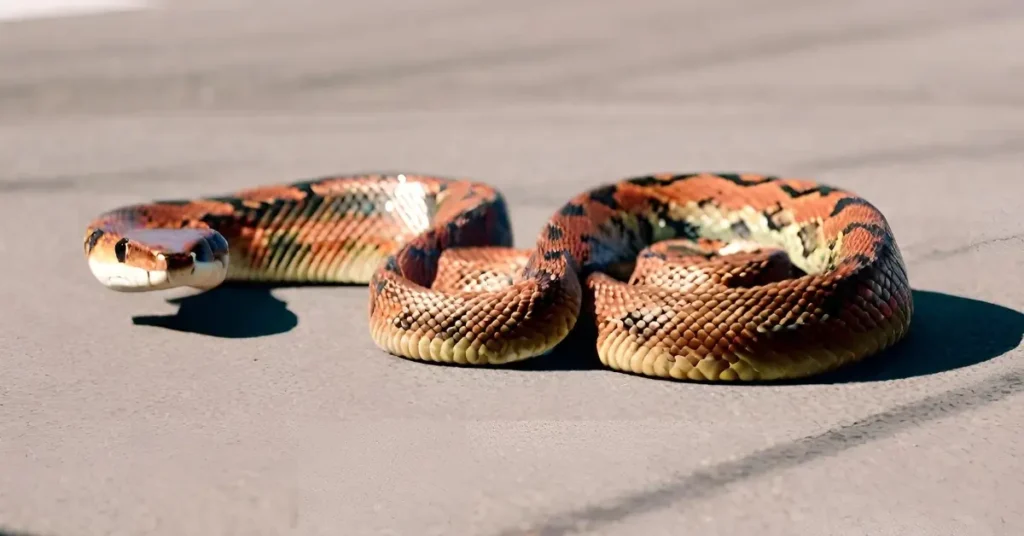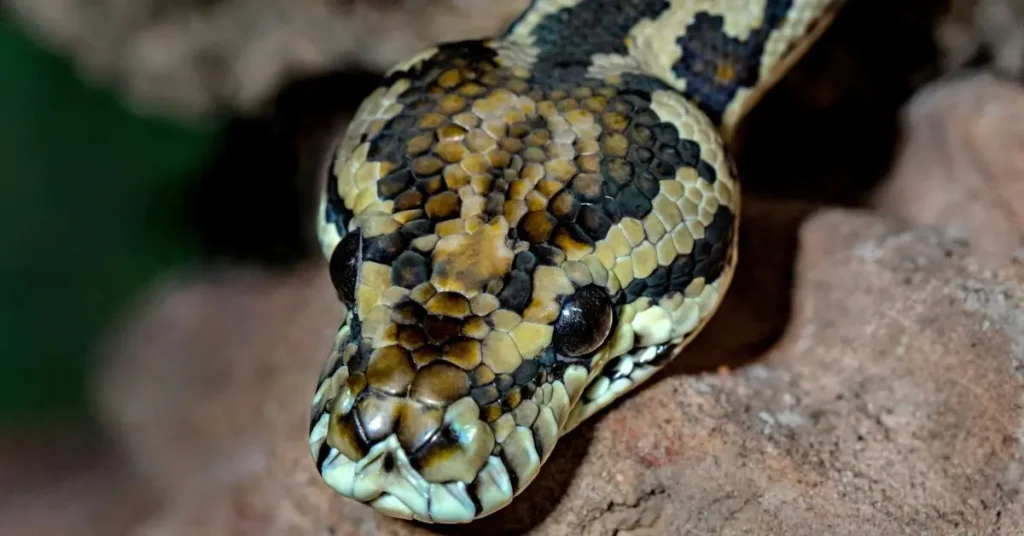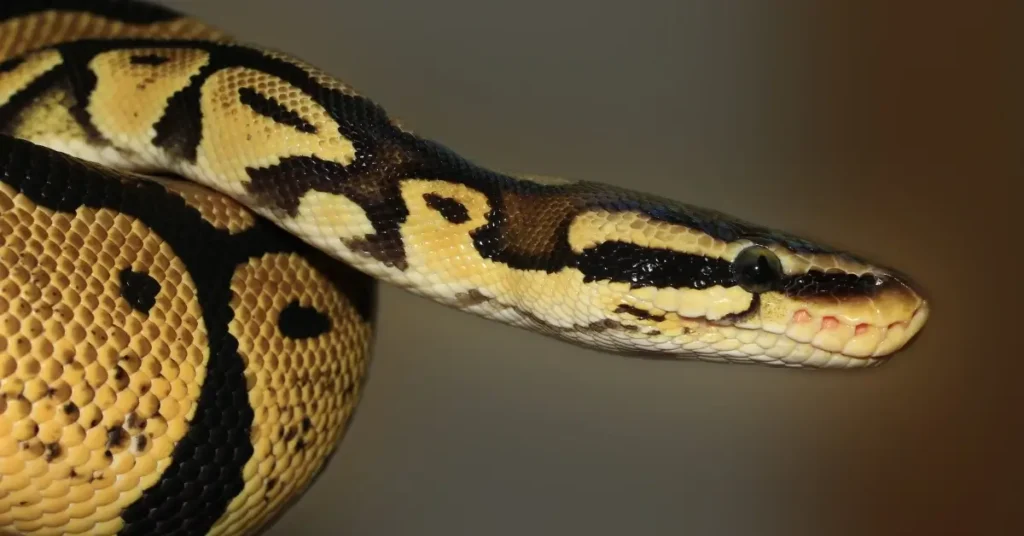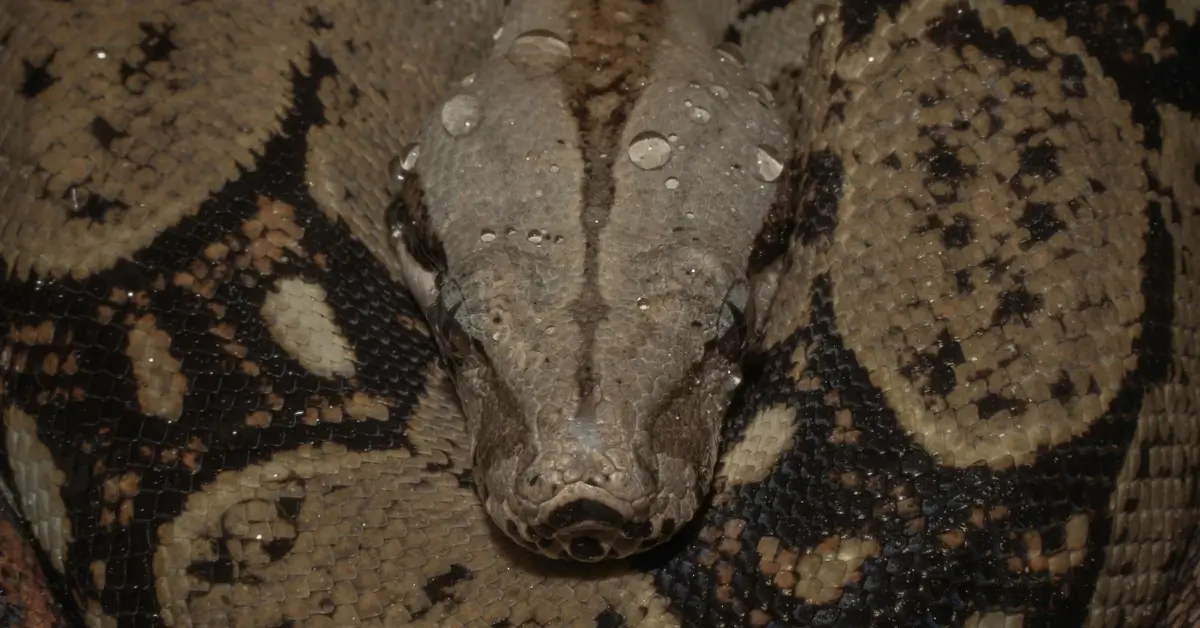Exploring the diversity of wildlifeand Snakes in New York might lead you to the bustling city scenes, sprawling parks, or the serene upstate wilderness. But have you ever considered the thriving population of snakes that call New York their home? Slithering through forests, and meadows, and perhaps closer to our backyards than we might expect, these reptiles are fascinating creatures that play a vital role in maintaining the ecological balance.
From the non-threatening garter snakes that bask in your garden to the seldom-seen but venomous timber rattlesnakes in secluded rocky outposts, New York’s snake population is diverse. With habitats ranging from the Hudson Valley to the Adirondacks, you’ll find 17 native snake species, each with a unique way of navigating the landscape and contributing to the state’s biodiversity.
Whether you’re an avid hiker, a casual nature observer, or someone intrigued by the cold-blooded inhabitants of the Empire State, understanding these serpents is key to appreciating New York’s natural tapestry. As we embark on this exploration together, prepare to uncover the truth behind the myths and discover the integral roles these snakes perform in their ecosystems. Your view of New York’s wild side is about to get a lot more interesting.
Overview of New York Snakes
Did you know that New York is home to a captivating array of snake species? Your backyard might be a world more diverse than you realize. Among these are both non-venomous and venomous species, each with its unique characteristics and habits.
Non-Venomous Snakes
- Garter Snakes: With their distinctive longitudinal stripes, garter snakes are not only common but also harmless to humans.
- Rat Snakes: These adept climbers and swimmers are known for their voracious appetite for rodents.
- Water Snakes: Often found near aquatic environments, they’re crucial for controlling amphibian populations.

Venomous Snakes
New York’s roster of venomous snake species includes:
- Timber Rattlesnake: A formidable species residing mostly in the state’s undeveloped forests.
- Eastern Massasauga: Preferring wetlands, they’re rare and possess a less potent venom.
- Northern Copperhead: Known for the hourglass patterns along their bodies, they are the most commonly encountered venomous snakes in New York.
In New York, the interplay between urban development and wildlife has led to conservation efforts to protect these fascinating reptiles. Knowing about the snakes that share our environment encourages both respect for nature and personal safety. Whether slithering through grass, basking on a rock, or swimming through water, each snake species plays an integral role in New York’s ecosystem.
Habitats and Environments
New York is home to a diverse range of snakes, each occupying distinct niches in the state’s varied habitats. As you explore these regions, you’ll uncover the environments where these reptiles flourish, from lush forests to bustling urban landscapes.
Forests and Woodlands
Forests and woodlands in New York are prime territories for snakes such as the Eastern Milk Snake and the Timber Rattlesnake. The dense canopy provides shade and cooler temperatures, while the leaf litter and fallen logs offer ample hiding spots and hunting grounds. Here, snakes can be found basking on rocks or slithering through the underbrush in pursuit of prey like rodents and amphibians.
Wetlands and Marshes
The state’s wetlands and marshes are rich ecosystems teeming with wildlife, and they are critical for species like the Northern Water Snake and the Ribbon Snake. These snakes are adept swimmers, navigating the waterlogged terrain to find fish and amphibians. The thick vegetation and abundant water sources provide both food and protection from predators.
Urban and Suburban Areas
Surprisingly, many snakes are resilient to urban expansion and thrive in urban and suburban areas. Garter snakes, in particular, are known to inhabit gardens and parks, where they help control pest populations. While encounters are less frequent, these environments support a variety of snake species, demonstrating their adaptability to human-altered landscapes.

Common Snake Species
You might be surprised to learn that New York is home to a variety of snake species, each with its own unique habitat and behavior. To get you acquainted with what might be slithering in your backyard, let’s take a closer look at some of the common snakes you might encounter.
Garter Snake
The Common Garter Snake (Thamnophis sirtalis) is a familiar sight for many. With its distinctive longitudinal stripes running down a greenish or brownish body, it’s one New Yorker you’re likely to cross paths with. While they’re widespread, the related Eastern Ribbon Snake prefers wetter areas and is easily identified by its longer tail and brighter stripes.
Rat Snake
Providing an invaluable service by controlling rodent populations, the Black Rat Snake is one of the largest snake species in New York. Their black scales and white chin make them recognizable, and you might spot them sunning themselves in the warmer months across the state.
Water Snakes
Found near bodies of water like ponds, lakes, and rivers, Water Snakes in New York are non-venomous but can be mistaken for their venomous counterparts. One common species is the Northern Watersnake, which is often seen basking on rocks or swimming. Although they have a somewhat fearsome reputation, they play a crucial role in the ecosystem by keeping aquatic prey populations in check.
Venomous Snakes in New York
When you explore the diverse landscapes of New York, keep your eyes peeled for the select venomous snakes that call this state home. These serpents, while not commonly encountered, play crucial roles in the ecosystem.
Eastern Massasauga
Scientific Name: Sistrurus catenatus
- Habitat: Wetlands, grasslands, and near water sources
- Venom: Possesses a potent hemotoxic venom.
The Eastern Massasauga is a small but mighty presence in New York’s fauna. While their bites are rare, the venom can cause significant medical concerns.
Timber Rattlesnake
Scientific Name: Crotalus horridus
- Habitat: Deciduous forests and rocky outcrops
- Conservation Status: Threatened in New York state
A distinctive shake of the tail is a hallmark of the Timber Rattlesnake. If you hear this sound, stay calm and give the snake plenty of space.
Northern Copperhead
Scientific Name: Agkistrodon contortrix
- Habitat: Forests, rocky areas, and sometimes suburban locales
- Venom: Contains hemotoxic venom, painful but generally less lethal.
The Northern Copperhead’s camouflage makes it blend seamlessly with fallen leaves, so watch your step while hiking. Encounters with this snake are uncommon, but awareness is key for your safety.
Snake Diet and Prey
Imagine strolling through New York’s green spaces and encountering a local snake. You might wonder, “What does it eat?” Well, your slithery neighbors have quite the varied diet. Different species have distinct preferences, but there’s a common theme: they play a critical role in the ecosystem by controlling the populations of their prey.
Common Garter Snakes, one of the most widespread snakes in New York, feast on a rich menu. Their diet includes:
- Amphibians: Frogs and toads are a staple for hydration and nutrition.
- Earthworms: These provide essential proteins.
- Invertebrates: Such as slugs and insects.
The diet of other New York snakes includes:
- Rodents: Many snakes, like the Black Rat Snake, help keep the rodent population in check.
- Birds: Some species will even consume small birds or their eggs.
- Other Snakes: Surprisingly, species like the Kingsnake will feed on fellow serpents.
By consuming a variety of prey, snakes maintain a balance in the food web. Next time you’re out, remember you’re walking in a world where these remarkable predators silently control pests and protect your garden’s harmony. Isn’t nature fascinating?
Snake Behavior and Adaptation
When you think of New York, skyscrapers and bustling streets come to mind, but it’s also home to an array of snakes, each with behaviors finely tuned to thrive in this diverse habitat. From subtle changes in their activity to evade predators to the specific ways they forage, these cold-blooded residents are a study in survival.

Hibernation Patterns
Snake species in New York, like the Eastern garter snake, have developed distinct hibernation patterns to survive the cold winters. As temperatures drop, they find refuge in rock crevices or burrows and enter a state of brumation—a period of dormancy where their metabolic rate drastically decreases. This adaptation ensures they conserve energy during the months when food is scarce.
Predator Evasion
In terms of predator evasion, New York snakes exhibit various behaviors to avoid becoming prey. The Northern water snake, mistaken often for being aggressive, is actually a master of escape. When threatened, some may release a foul-smelling musk or flatten their head to appear larger. Their ability to remain motionless or swiftly disappear into nearby waters makes them elusive to predators.
Foraging and Feeding Behavior
Lastly, the foraging and feeding behavior of New York’s snakes is as varied as the species themselves. Harmless snakes like the smooth greensnake primarily feed on insects, using their excellent eyesight and stealth to track their prey. They’re often seen in grassy areas, patiently waiting for the right moment to strike, which shows the intricacy of their feeding strategy within their ecosystem.
Conservation and Threats
Imagine walking through the lush green forests of New York State — a haven for wildlife, including a multitude of snake species. Your awareness of these reptiles’ conservation status adds depth to your hike. New York’s snakes, ranging from non-venomous garter snakes to the venomous timber rattlesnake, are facing numerous threats. Habitat loss due to urban expansion and industrial development has squeezed these creatures into increasingly fragmented environments.
- Endangered species: The Eastern Massasauga is an example of an endangered snake in the state, with a sharp population decline noted since the 1960s.
Snakes, even the ones that give you the shivers, play a vital role in environmental control, managing populations of rodents and other small animals. Loss of these natural predators can lead to ecological imbalance.
- Threatened: Almost half of the snake species in New York are classified as either endangered or threatened.
Conservation efforts are imperative to protect these creatures and their habitats. Efforts include environmental legislation, habitat preservation, and public education programs to foster coexistence with these often-misunderstood animals. You can be a part of these efforts by supporting local conservancies and staying informed about how to protect our slithering neighbors and the vibrant ecosystems they inhabit.
Human and Snake Interactions
Encounters with snakes are not uncommon in New York, and the dynamic between humans and these reptiles continues to evolve. Whether it’s a surprise encounter in the wild or a critical look at our expanding footprint, understanding these interactions can protect both you and the snake populations.
Snake Bites
Snakes in New York are often reluctant to bite unless provoked. However, with three venomous species inhabiting the state, a bite could warrant medical attention. It’s vital to know that the majority of snakes you might stumble upon aren’t dangerous, yet awareness and caution are your best defenses.
Habitat Encroachment
As you trek through New York’s diverse landscapes, it’s clear that human expansion affects snake habitats. Your presence can put stress on local snake populations. For example, the Endangered Species page underscores the susceptibility of species like the timber rattlesnake to urbanization, highlighting the need for conscientious exploration and living.
Conservation Efforts
Conservation groups tirelessly work to educate the public about snakes and their roles in ecosystems. By promoting snake awareness and protection measures, such as protective legislation and secure habitats, they aim to ensure the stability of snake populations. If you’re interested, you can contribute to these conservation efforts and help maintain the ecological balance.
FAQ
If you liked this blog post about snakes in New York, don’t forget to leave us a comment down below.





